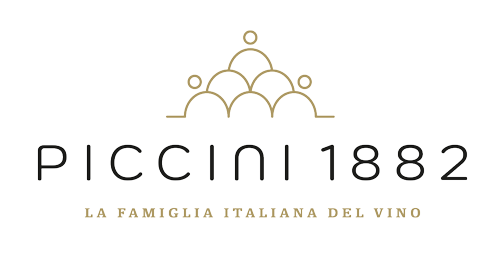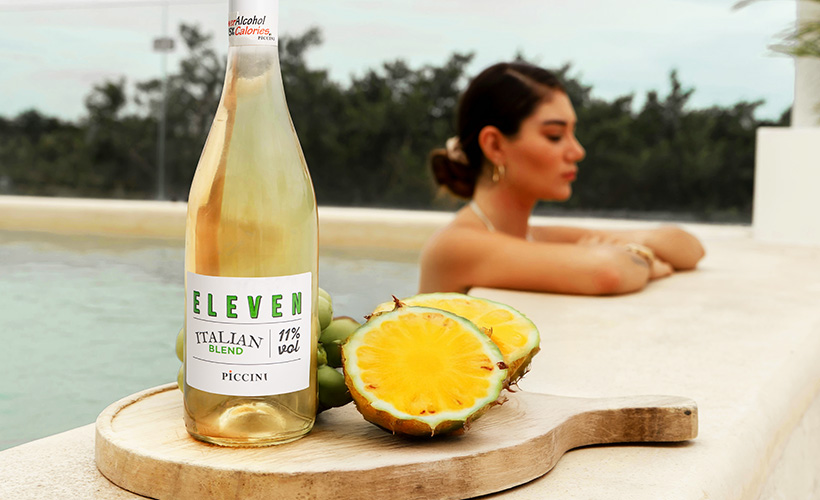In recent years, the wine market has witnessed a significant increase in interest in low-alcohol wines. This trend reflects a change in consumer preferences, which are increasingly geared toward a healthy and conscious lifestyle. But what are the reasons behind this phenomenon and how is the wine industry adapting?
The growing interest in health and wellness is one of the main drivers of this trend. Consumers, particularly young people, are increasingly aware of the health effects of alcohol and are seeking alternatives that allow them to enjoy wine without compromising their balance. Low-alcohol wines, which typically have an alcohol content of less than 12 percent, offer an ideal solution, allowing them to maintain their enjoyment of wine with lower caloric intake and reduced risk of excess.
The paradigm shift is not only about health. The new generations show a growing preference for a lighter and more responsible lifestyle, which is also reflected in food choices and consumption habits. Low-alcohol wines fit perfectly into this context, presenting themselves as convivial options that do not compromise sociability, but rather foster it, offering delicate and refined taste experiences.
The wine industry has not remained indifferent to this trend. Many producers have begun to develop new labels and product lines that address these emerging needs. A prime example is the recent introduction of the “Eleven” range, which offers wines with an 11 percent alcohol content designed to satisfy the most discerning palates without sacrificing moderation. These products not only expand the available range, but also educate the public in new, more conscious and balanced ways of drinking.
The future of low-alcohol wines looks promising. With demand growing steadily, more producers are likely to invest in this niche market, refining winemaking techniques to offer high-quality products. In addition, the focus on sustainability and transparency in wine production could further push this trend, with consumers increasingly interested in knowing the origin and characteristics of the products they choose.
In conclusion, the low-alcohol wine trend represents an interesting development for the wine industry, responding to a market demand that prizes health, taste and moderation. How this segment will evolve remains to be seen, but the premises point to a sustainable and innovative growth path.







